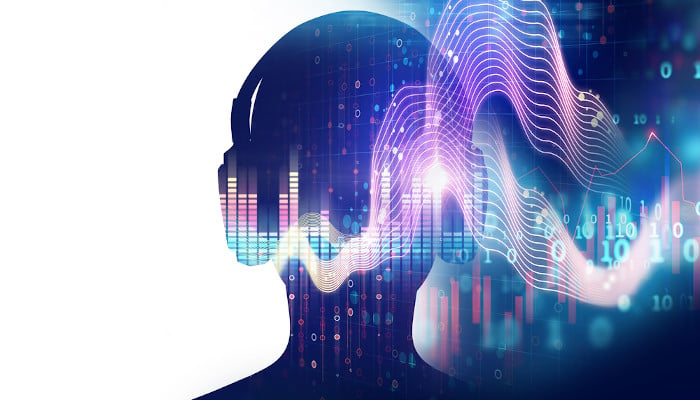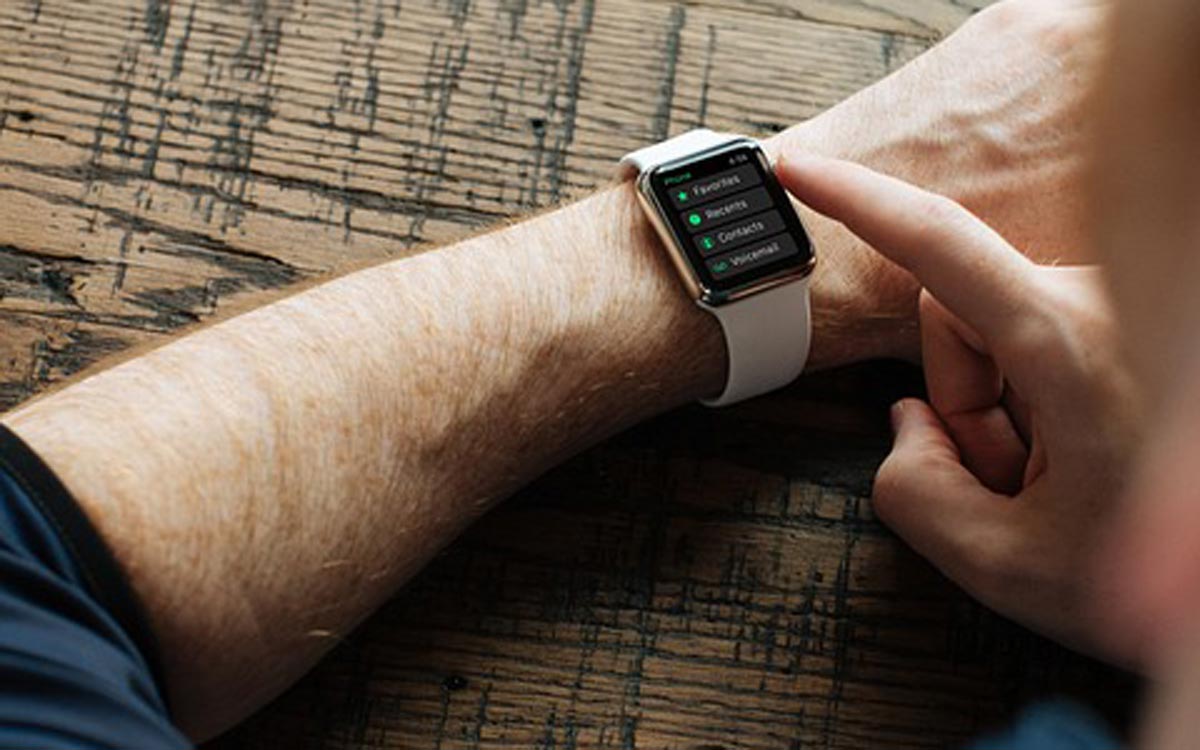Researchers at the École polytechnique fédérale de Lausanne (EPFL) have developed a technology that, with the help of machine learning, can “listen” to classical music alone and correctly assigns it to certain tonalities – for example major or minor.
In order to give their smart system the musical feel it needed, they first had it analyzed over 13,000 works from the 15th to 19th centuries. They want to show how classical music has changed over the course of the ages.
Dur versus Moll
“Many people may not even know what constitutes a minor key in music, but most would probably recognize a piece that is played in a minor key. That’s because we use it intuitively to determine the notes on a minor scale recognize that they sound rather gloomy, tense and sad “, explain Daniel Harasim, Fabian Moss, Matthias Ramirez and Martin Rohrmeier from the Digital and Cognitive Musicology Lab at EPFL. On the other hand, notes from the major scale would appear much stronger, friendlier and lighter.
While the major and minor system was predominant in western cultures from 1700 to 1900, there were definitely other tonalities in other epochs. For some composers, several keys were also mixed together. “We have developed a machine learning model in order to better understand and visualize these differences in a time span from the Renaissance to the Baroque to the Classical and early and late Romantic periods,” said the scientists.
Own characteristics
For the implementation, the EPFL team first created a mathematical model in order to define specific characteristics for the different keys and to recognize them later independently. After extensive training, your system then spat out interesting data. For example, it produced a graphic that illustrates that musicians like Giovanni Pierluigi da Palestrina tended to use four keys for their compositions during the Renaissance. In the Baroque era, however, greats like Johann Sebastian Bach left it with only two keys.
“We wanted to find out what happens when you give a computer the chance to analyze music data that has not previously been sorted out and assigned by humans. That is why machine learning also happens completely unsupervised. Our system ‘listens’ to the music and then knows all by itself which key is being used. That delivers very interesting results, “explains Daniel Harasim.
www.pressetext.com
– .


